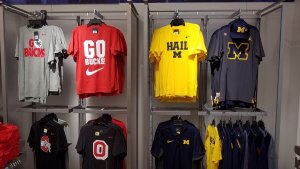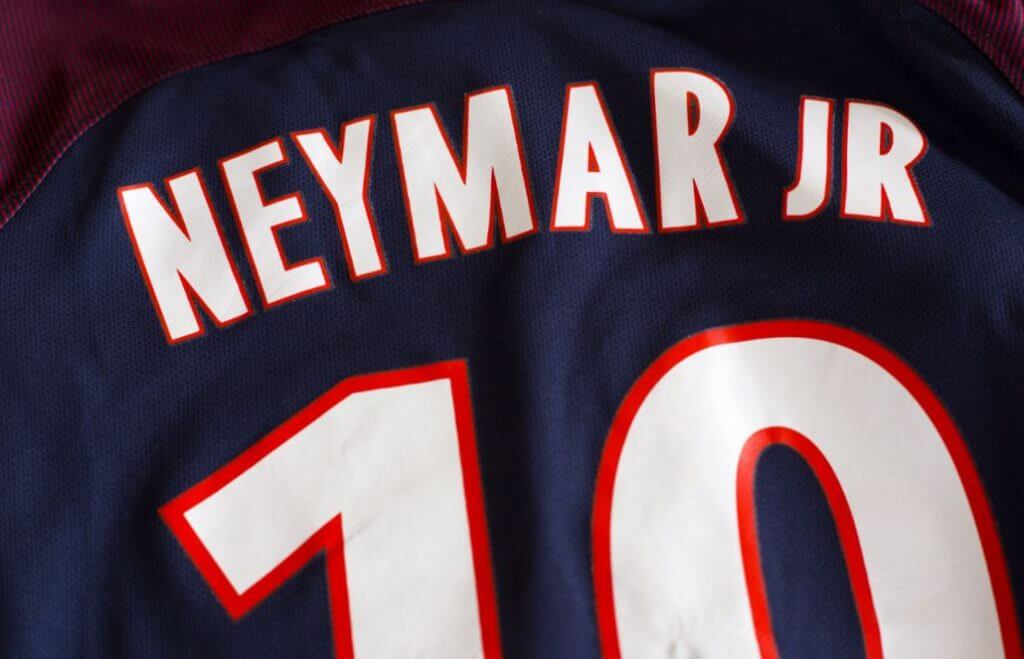Sports Merchandising Agreements

There’s no question about it: the public loves and can’t get enough of merchandise. There are various factors behind the best-selling brands and by how much. In a sports context, marketing strategies include special agreements that envelope merchandising. This includes different company sectors, other institutions and even the endorsers themselves.
Planning sports merchandising
Planning is the first step before any action. In the planning phase, studying and understanding the different sales channels and their advertising is essential.
Equally, there’s a difference between those who have online or physical outlets. Every outlet needs endorsers or promoters that back the brand’s image. These endorsers also give products an added value.
In addition, marketing departments need to work alongside their corresponding trade marketing team. Trade marketing teams are responsible for following the marketing department’s schedule of operations and gathering information from target consumers. The trade marketing team is also responsible for collaborating in the outlet studies.
Corporate agreements for endorsing sports brands
The companies that sell sports products can grow through interagency agreements. These agreements bring sports clubs or professionals together with a brand through licensing.

The most common form is product licensing. For example, a clothing company can obtain the permission of a sports company to make and sell products with the company’s symbols and logo.
But, there are other corporate agreements as well. These allow companies to design their products similar to those of a sports institution. As a result of these types of agreements, we can find watches, cellphone cases and other products with a specific sports design.
Or, other agreements aim to back other industries with sponsorship from a certain brand or company. These might include restaurants that have a specific sports team or player theme, sports museums, etc.
Benefits of sports merchandising
Sports merchandising can offer plenty of benefits with careful planning. Financing a company or brand is one of the biggest advantages; the visual impact itself creates strong emotional bonds. Fans that support a certain team or player want to show off their colors and paraphernalia.
The income that results from these agreements is also key for maintaining and increasing profits. After all, official sports products can’t be bargained for.
The added merchandising value that endorsers give to the products also has economic advantages. In most cases, the additional income goes to new events, salaries or collaboration projects.
Adding on, the increased motivation for professional athletes themselves is another benefit of sports merchandising. When they enter an event, stadium or convention and see their colors, they feel more confident and motivated to perform better for their fans. Simply witnessing their supporters donning their jersey can give them a boost to work harder.

The most popular merchandising products
Creativity is a key trait that powers marketing teams. Team members decide which products to use in their events to maintain existing clients and generate new ones.
Caps donning a team’s colors and logo are classic products. They’re versatile and suit youngsters and adults alike. They can feature different materials and engraving techniques.
Another popular product is customizable, colorful sports bibs or vests that can draw attention fast. Jackets, sunglasses, and towels with specific logos are also products that can make up sports merchandise. You can find them for a good price on online warehouse stores.
Wrapping up, knowing how to plan and divide outlets and sales, as well as the different kinds of possible agreements, is crucial for understanding marketing.
There’s no question about it: the public loves and can’t get enough of merchandise. There are various factors behind the best-selling brands and by how much. In a sports context, marketing strategies include special agreements that envelope merchandising. This includes different company sectors, other institutions and even the endorsers themselves.
Planning sports merchandising
Planning is the first step before any action. In the planning phase, studying and understanding the different sales channels and their advertising is essential.
Equally, there’s a difference between those who have online or physical outlets. Every outlet needs endorsers or promoters that back the brand’s image. These endorsers also give products an added value.
In addition, marketing departments need to work alongside their corresponding trade marketing team. Trade marketing teams are responsible for following the marketing department’s schedule of operations and gathering information from target consumers. The trade marketing team is also responsible for collaborating in the outlet studies.
Corporate agreements for endorsing sports brands
The companies that sell sports products can grow through interagency agreements. These agreements bring sports clubs or professionals together with a brand through licensing.

The most common form is product licensing. For example, a clothing company can obtain the permission of a sports company to make and sell products with the company’s symbols and logo.
But, there are other corporate agreements as well. These allow companies to design their products similar to those of a sports institution. As a result of these types of agreements, we can find watches, cellphone cases and other products with a specific sports design.
Or, other agreements aim to back other industries with sponsorship from a certain brand or company. These might include restaurants that have a specific sports team or player theme, sports museums, etc.
Benefits of sports merchandising
Sports merchandising can offer plenty of benefits with careful planning. Financing a company or brand is one of the biggest advantages; the visual impact itself creates strong emotional bonds. Fans that support a certain team or player want to show off their colors and paraphernalia.
The income that results from these agreements is also key for maintaining and increasing profits. After all, official sports products can’t be bargained for.
The added merchandising value that endorsers give to the products also has economic advantages. In most cases, the additional income goes to new events, salaries or collaboration projects.
Adding on, the increased motivation for professional athletes themselves is another benefit of sports merchandising. When they enter an event, stadium or convention and see their colors, they feel more confident and motivated to perform better for their fans. Simply witnessing their supporters donning their jersey can give them a boost to work harder.

The most popular merchandising products
Creativity is a key trait that powers marketing teams. Team members decide which products to use in their events to maintain existing clients and generate new ones.
Caps donning a team’s colors and logo are classic products. They’re versatile and suit youngsters and adults alike. They can feature different materials and engraving techniques.
Another popular product is customizable, colorful sports bibs or vests that can draw attention fast. Jackets, sunglasses, and towels with specific logos are also products that can make up sports merchandise. You can find them for a good price on online warehouse stores.
Wrapping up, knowing how to plan and divide outlets and sales, as well as the different kinds of possible agreements, is crucial for understanding marketing.
All cited sources were thoroughly reviewed by our team to ensure their quality, reliability, currency, and validity. The bibliography of this article was considered reliable and of academic or scientific accuracy.
- NELSON EDUARDO GUTIERREZ MONTAÑA. MARKETING DEPORTIVO. 2008. Extraído de: https://core.ac.uk/download/pdf/34063323.pdf
- MARKETING OPERACIONAL Y PUBLICIDAD DEPORTIVA. Extraído de: http://www.reasonwhy.es/sites/default/files/marketing%20deportivo.pdf
This text is provided for informational purposes only and does not replace consultation with a professional. If in doubt, consult your specialist.








